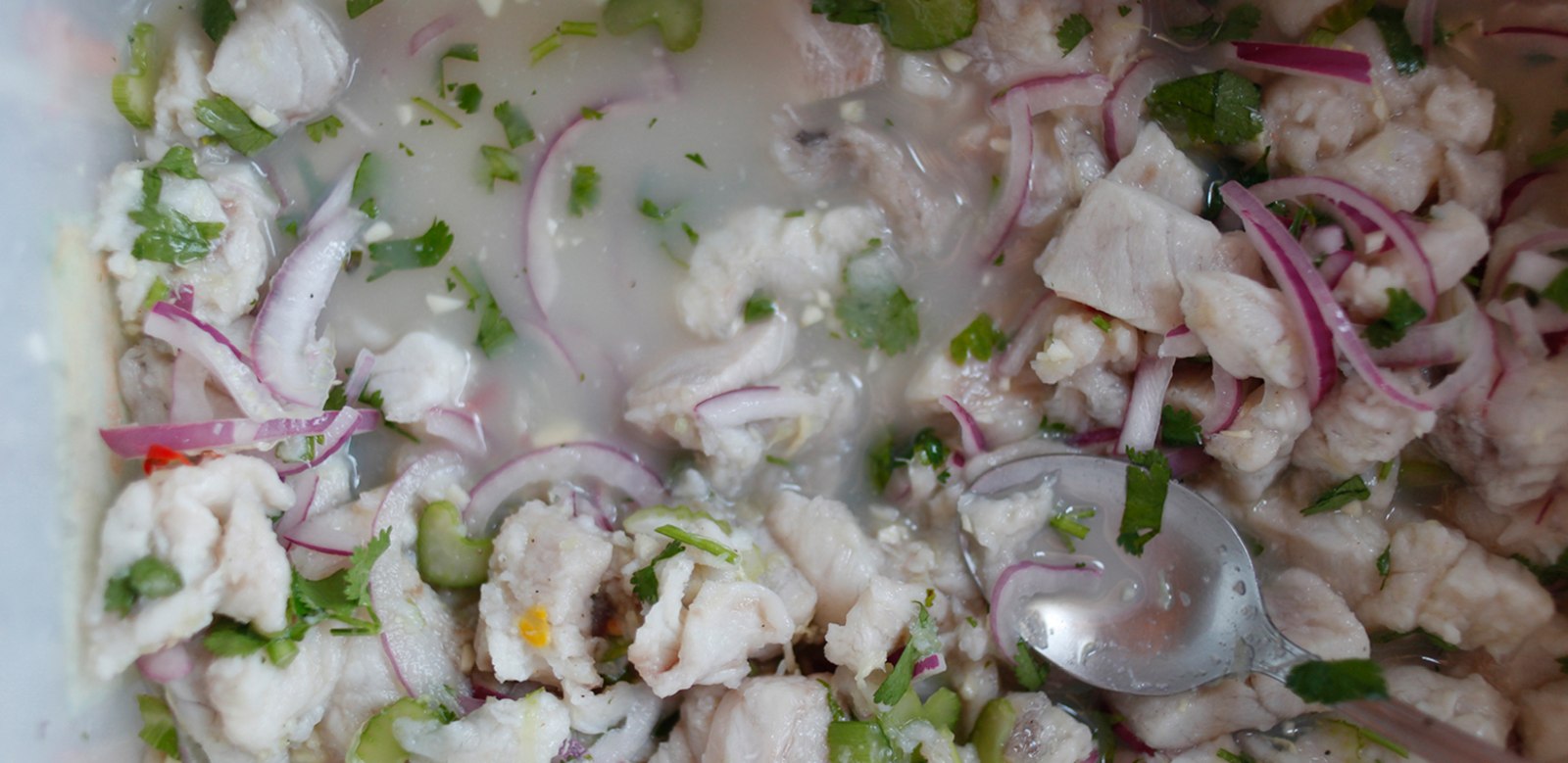
Visiting or living on the coast of Guanacaste means sunbathing, playing in the waves and also eating ceviche, but make sure that the place where it is prepared is careful in handling the fish. The disease called Gnathostomiasis is contracted by eating raw or undercooked freshwater fish and was transmitted to a woman in Nosara.
Carrie Anderson, a Nosara resident, told The Voice of Guanacaste her experience after eating a plate of ceviche, which apparently was made with fish from the river, and the fish had not been properly handled.
“The only place where I have eaten ceviche in 10 years is in Costa Rica. I think the fish was caught in the mouth [of the Nosara river]. I did not know I had the illness until I started to get a rash on the forehead. Then it went away and reappeared on my face. At first, I thought it was an allergy. In addition, in the next few weeks I got a bad stomach ache,” she related.
Seeing that the symptoms did not go away, Anderson decided to go to San Jose in December of 2015 to see Dr. Gisela Herrera Martinez, a specialist in infectious diseases at CIMA Hospital in San Jose, who diagnosed her infection as gnathostomiasis.
“Gnathostomiasis disease is caused by larva of a parasite of the genus gnamastoma migrating on the cutaneously on the surface or under the skin, viscerally, neurologically or ocularly. The main risk is ingesting raw meat. The diagnosis in our area is by clinical suspicion, since we do not have special blood tests,” Herrera commented.
After three days of anti-parasitic treatments, Anderson was finally free from the swelling in her body.
“Make sure all fish is cooked or frozen to -20 Celsius for 3-5 days if intended to use in ceviche or sushi. Make sure you wash your hands immediately after handling meat that could be contaminated; this includes fish, chicken and pork. All restaurants serving ceviche should be freezing the fish they use for a minimum of three days. The worms can live in lime juice for up to five days,” Anderson related.
Moreover, Dr. Sonia Campos, head of the Department of Epidemiological Monitoring for the Ministry of Health in Nicoya, stated that they have no records of cases of patients with the disease, which is not well known in the country. However she stressed the importance of cooking and handling food well.
|
Where Does Gnathostomiasis Come From? This disease was discovered in Mexico in 1970, where it is a public health problem. It is manifested by swelling on the chest or abdomen, always accompanied by intense itching. Patients are alarmed because it changes places after a few days and they feel something moving under their skin with pain and itching. |







Comments